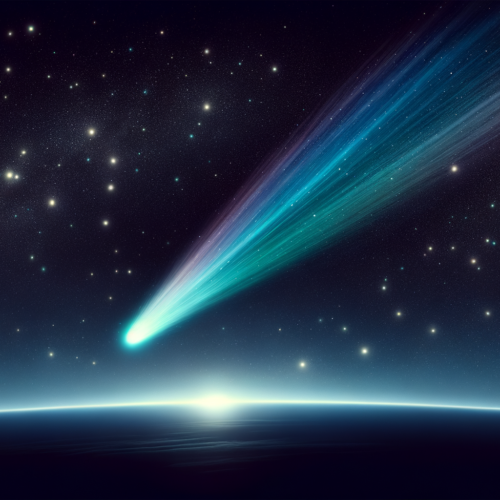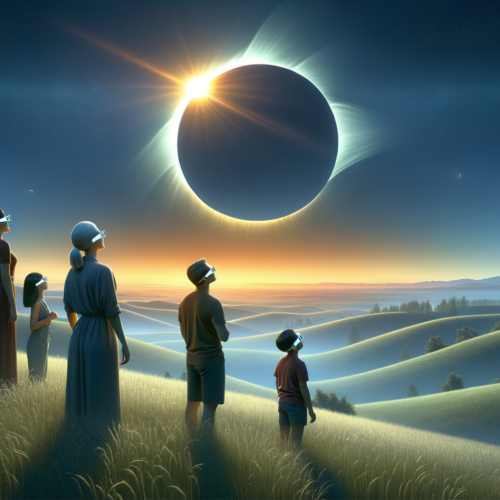A Cosmic Dance: The Northern Lights May Visit the U.S. This Week
- The sun’s recent flurry of activity, including multiple coronal mass ejections (CMEs), might treat parts of the U.S. to the northern lights this week.
- These solar events are part of Solar Cycle 25, an 11-year cycle during which the sun’s magnetic poles flip and create various space weather phenomena.
- NOAA’s Space Weather Prediction Center indicates that these CMEs could cause G1 to G2-level geomagnetic storm conditions, making auroras visible in northern U.S. states.
The Solar Symphony and Its Earthly Encore
Greetings, earthlings! Over the past few days, our closest star, the sun, has been putting on quite the performance, with its latest act possibly sending the awe-inspiring northern lights cascading down to a sky near you in the northern U.S. this week. For those unfamiliar, the northern lights, or aurora borealis, are a natural light display that paints the sky in breathtaking hues, primarily seen in high-latitude regions around the Arctic and Antarctic.
Understanding the Sun’s Cycle
We’re currently riding the waves of Solar Cycle 25, a period marked by the sun flipping its magnetic poles. This celestial flip-flop sparks a variety of space weather events, including solar flares and the coronal mass ejections (CMEs) currently headed our way. These CMEs, giant clouds of plasma and magnetic fields, embark on a cosmic journey from the sun to Earth, potentially stirring up geomagnetic storms upon arrival.
What This Means for Earth
The recent solar activities prompted NOAA’s Space Weather Prediction Center to keep an eagle eye on the sun’s antics. Last week, the stage was set with several solar flares, followed by a minor solar radiation storm event and a polar cap absorption event, impacting high-frequency radio communications but sparing the general public from any disruptions.
The main event, however, may just be the arrival of the CMEs, projected to cause G1 to G2-level geomagnetic storm conditions. This means the northern lights might just make a special appearance in the northern U.S., much to the delight of sky watchers. The likelihood of witnessing this natural spectacle increases the further north you are, with states like Washington, Idaho, Montana, and Maine being prime viewing spots.
The Curtain Call: When and Where to Watch
According to NOAA’s forecasts, the best chance to catch this cosmic performance is on Monday night, with areas closest to the North Pole, like Alaska and Canada, having front-row seats. However, the show may still go on for those in certain northern U.S. states, with a slight chance extending into Tuesday.
For our friends further south, fear not. While the current CMEs may not extend the northern lights to your backyard, it’s worth noting that more powerful geomagnetic storms have the potential to bring this spectacle to states as far south as Florida and even Texas. It’s a rare occasion, but as with all great performances, the possibility of an encore always looms on the horizon.
Jon’s Take
As we stand under the night sky, gazing up in anticipation, it’s events like these that remind us of the endless wonders the universe holds. The northern lights are not just a beautiful display of colors; they’re a testament to the interconnectedness of our solar system, a visible sign of the sun’s energy interacting with our home planet. So, if you find yourself in a state graced by this cosmic ballet, take a moment to marvel at the spectacle. After all, the truth isn’t just out there – it’s right here, unfolding in the sky above us.
Original Article




